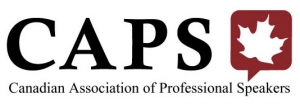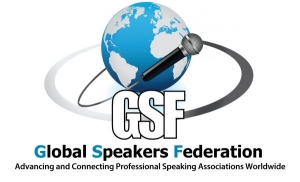The 5 Networking Event Formats & How to Maximize Each
Every networking event has its individual dynamics, benefits and drawbacks. Many, if not most, networking events include a meal. The act of breaking bread with another person is a powerful relationship-building vehicle. In order to maximize your investment, review the information below.
- Networking Breakfast. Networking breakfast functions are usually high-intensity events. People who attend these are generally early risers who see this as an opportunity to start the day with a bang. There is a strong business context here and attendees are usually focused and business-oriented. These events have a forced deadline as participants know they have a full day ahead. Social conversation is usually at a minimum, even over a quick coffee to start things off. Expect conversation partners to be direct and to the point. This is a key benefit to these sessions.
Breakfast Success Strategy: Be prepared. Have a plan. Know whom you want to meet and keep your conversation focused. This is the most effective networking venue for fostering business-to-business networking. Many small-business owners and sole entrepreneurs use early-morning networking as their main marketing strategy. They then have the rest of the day to manage their company.
- Networking Lunch. The Networking Lunch remains the main strategy for the corporate world. This type of event still starts with casual conversation around the bar then moves to a formal meal environment. There is an emphasis on social interaction as the event unfolds. There is less pressure with respect to time as participants add a more social perspective to their luncheon conversation. Expect to see representatives from larger firms or from more established companies. They are interested in investing time to get to know one another. The conversation tends to focus as much on personal areas as business issues. There is a relaxed and informal atmosphere.
Lunch Success Strategy: Don’t aim for, or expect, immediate results. The Networking Lunch pays the greatest dividends when used as part of longer term marketing strategy that focuses on relationship-building. Joining colleagues or clients for a Networking Lunch Event with your group or organization can offer incredible opportunities to meet new contacts and develop key relationships.
- Networking Dinner. The networking dinner meeting is essentially a social activity that may or may not include a business context. This is the end of the day. A time for reflection and discussion. There is a formal feeling to these events, which often include an entertainment component. A meal might include wine.
Dinner Success Strategy: Networking in this environment is an exercise in diplomacy. There is little emphasis on business or business development. Conversations may refer to a business issue but this is not the place to flog a product or close a deal. It is, however, the ideal environment to foster and solidify relationships. The relaxed atmosphere allows for conversations that elicit the important issues for others, as well as their areas of highest interest and need. Using the evening networking event with your closest colleagues or most important clients is a powerful marketing strategy.
- Wine and Cheese. This event is usually the exception rather than the norm. Its stand-up format means that there is less emphasis on creating an intimate connection. Stand-up conversations tend to be shorter, contain less strategic information and are less impactful from a relationship perspective. This is a social setting that may have business overtones. Don’t expect to accomplish much from a business point of view. Most people are here to see or be seen.
Wine and Cheese Success Strategy: Use this type of event to create contacts. Make sure you collect business cards as follow up is required to build a stronger connection with your new conversation partners. Keep your dialogue light and seek to elicit the information you can use for follow up. This is one event where it’s more beneficial to try and connect more people than usual.
- Trade Show. These events are an exercise in “speed networkingâ€. Whether as a visitor or exhibitor, be prepared for networking at warp speed. The pace and content of conversations is quick and dirty, as attendees want to experience every part of the event and exhibitors are focused on connecting with multiple contacts. Don’t expect any deep discussions but you will connect with many more people than at a regular networking event.
Trade Show Success Strategy: In a word: preparation. Trade show success requires preparation and planning. Know which exhibitors you want to visit with or which attendees you want to touch base with. Your best option here is to continually meet, greet and move on. Have an answer to “what’s new?” for all your existing contacts and if you do make a new connection, get a business card and commit to following up.
Whichever event format you chose, make sure you maximize its impact and your results.


